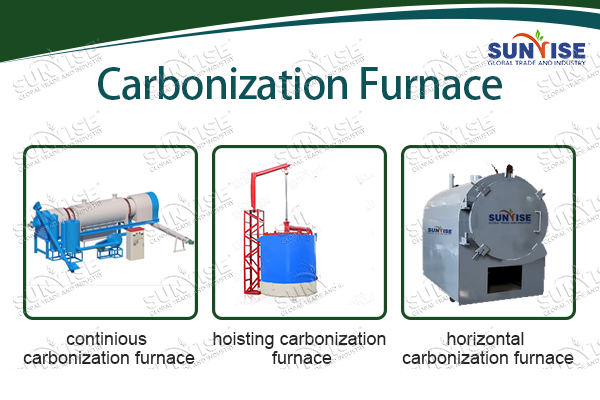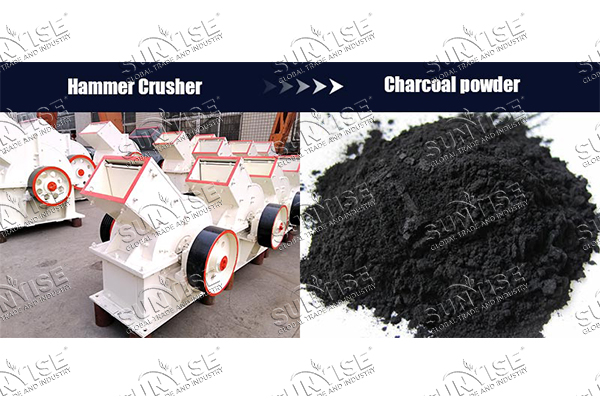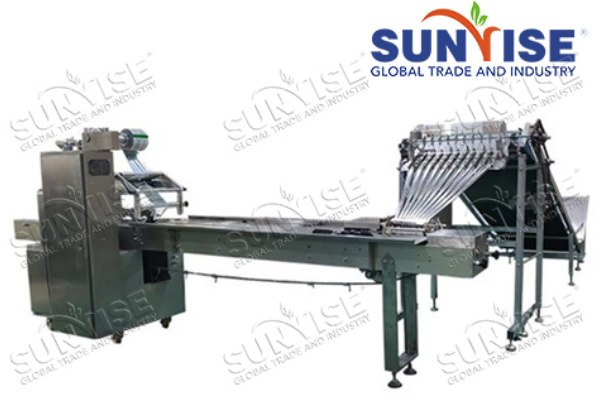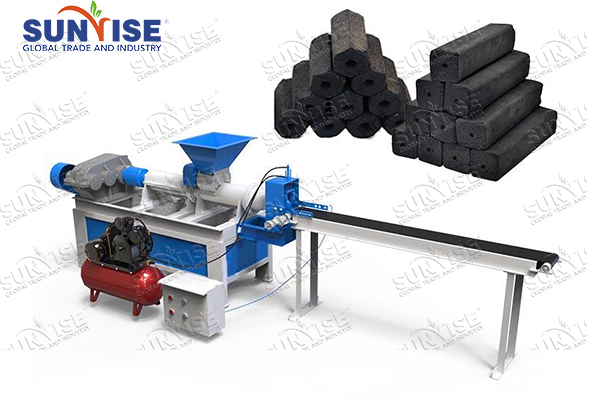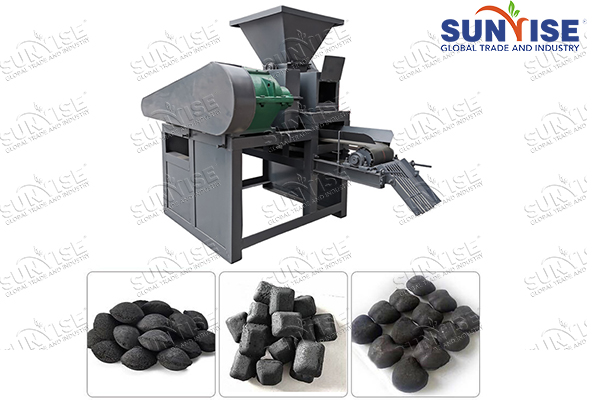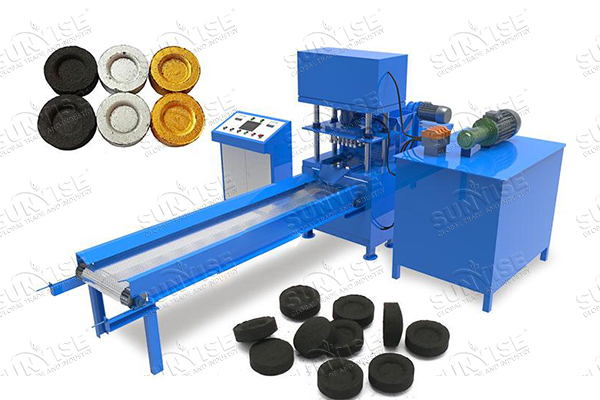A chipolopolo cha kokonat is composed of coconut fiber (up to 30%) and pith (up to 70%). Its ash content is about 0.6% and lignin is about 36.5%, which helps to turn it into charcoal fairly easily. And coconut shell charcoal is a natural and environmentally friendly biofuel. It is the best fuel substitute against firewood, kerosene, and other fossil fuels. In the Middle East, such as Saudi Arabia, Lebanon, and Syria, coconut charcoal briquettes are used as hookahs coals (Shisha charcoal). While in Europe, it is used for BBQ (barbecue). So master the technique on how to make best coconut shell charcoal briquettes, it will bring you great wealth.
Where to get cheap and abundant coconut shells?
To build a profitable coconut charcoal briquette production line, what you should do first is to collect large quantities of coconut shells.
Malinga ndi ziwerengero zomwe zaperekedwa ndi bungwe lazakudya za Ulimi wa United Nations (Fao), Indonesia ndiye wopanga wamkulu kwambiri padziko lonse lapansi, ndikupanga kwathunthu 20 matani matani mkati 2020. Indonesia 3.4 mahekitala miliyoni ya kubwereka kokonati komwe kumathandizidwa ndi nyengo yotentha. Ndi Sumattra, Java, ndipo mabala ndi malo otuta a coconut. Mtengo wa coconit sull ndiwotsika mtengo kwambiri kotero kuti mutha kupeza zipolopolo za kokonati m'malo awa.
Kodi njira yopanga bwino biocher briquete ndi iti?
Njira ya Coconut Shellcoal Briquete Kupanga njira: Kaboni – kuphwanya – Kusakaniza – kuima – kuuma – kupakila.


